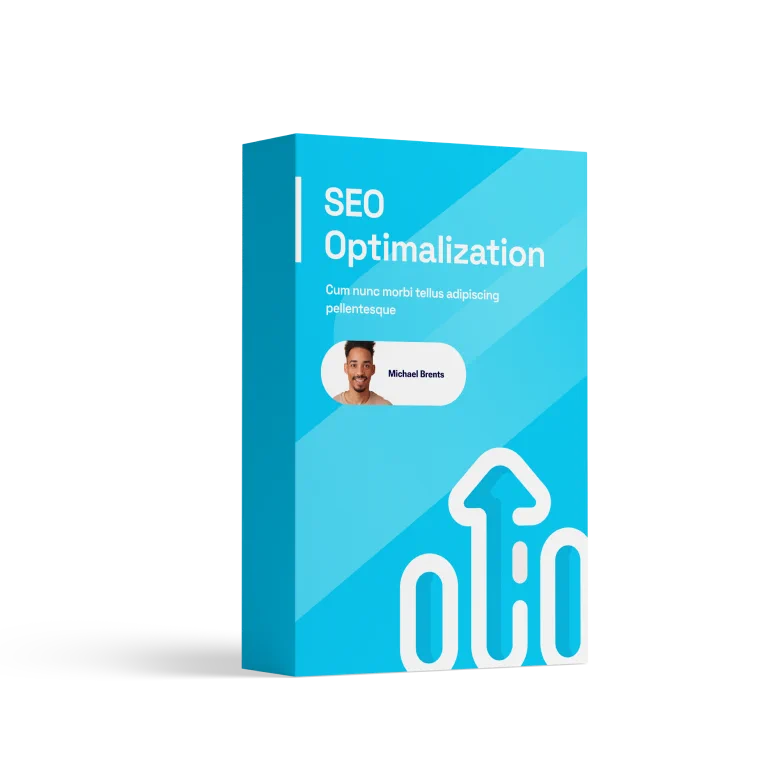Aufait Marketing
Amplifying your online presence, driving unparalleled growth


bemarketing
Foundation Setting and Strategy Development
In the initial phase, we conduct a comprehensive audit of your current digital presence, identifying strengths, weaknesses, and opportunities for growth. This groundwork enables us to craft a bespoke strategy that synergizes SEO, PPC, and SMM efforts, tailored to your business's unique needs and objectives. By setting a solid foundation and a clear roadmap, we ensure that every action taken is aligned with your goal of achieving online success, laying the groundwork for a transformative digital presence.
Increase
60%
Page views
Increase
78%
Website views
bemarketing
Implementation and Continuous Optimization
With a strategic plan in place, we move to implement targeted SEO optimizations, launch PPC campaigns, and engage audiences through SMM, all while continuously monitoring performance data. This stage is marked by a cycle of testing, learning, and refining, leveraging real-time insights to adapt and optimize each element of the strategy for peak performance. The focus on constant improvement not only revitalizes your digital presence but also positions your brand for sustained online success, maximizing ROI and fostering growth.
Increase
60%
Page views
Increase
78%
Website views

AuFait Marketing
We focus on
efficiency
By integrating SEO, PPC, and SMM, businesses can experience a 70% increase in web traffic, 40% higher engagement rates, a 30% boost in conversion rates, and a 50% growth in online visibility, marking a transformative leap in their digital journey.
Increased Web Traffic: Implementing our integrated SEO, PPC, and SMM strategy can lead to a significant 70% increase in organic and paid web traffic, broadening your digital footprint.
Higher Engagement Rates: By leveraging tailored social media marketing strategies, businesses often see a 40% uplift in audience engagement, fostering stronger customer relationships.
Boost in Conversion Rates: Our focused approach to combining SEO and PPC efforts has historically resulted in a 30% improvement in conversion rates, turning visitors into valuable customers.
50% Growth in Online Visibility: The synergistic effect of our comprehensive package can enhance your brand's online visibility by up to 50%, making it more discoverable to your target audience.









